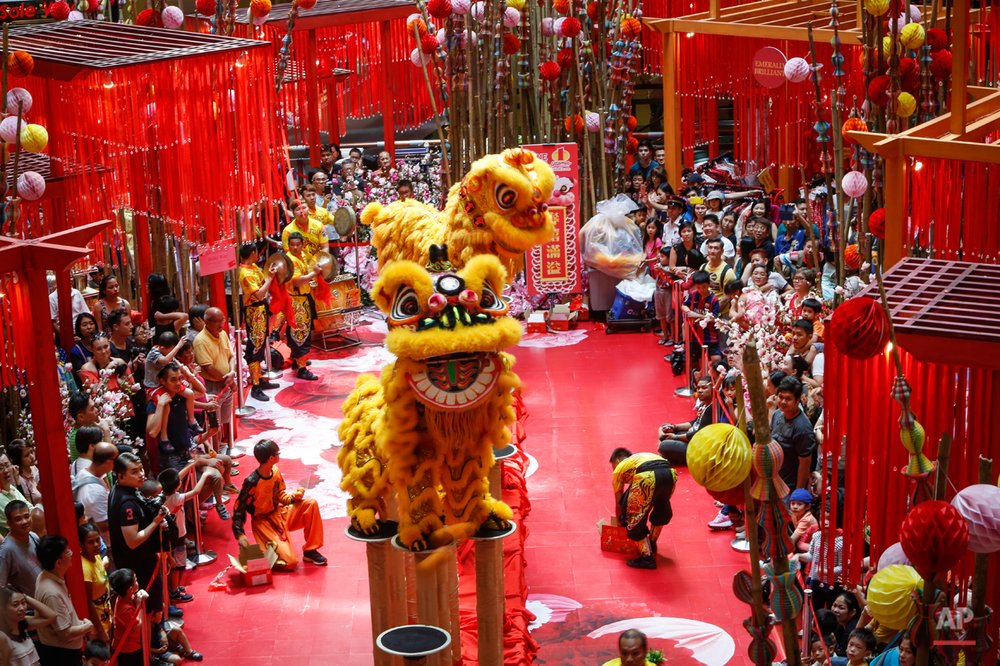Today, there are at least nine regional styles of lion dances that are still practised and honoured as a proud cultural expression of celebrating luck and abundance.
Considered a staple omen of good luck and celebration at Chinese New Year, cultural events, or at the launch of a new business enterprise, the lion dance performance is a long-held tradition that dates all the way back to the Han Dynasty in 206 BCE.
Today, there are at least nine regional styles of lion dances that are still practised and honoured as a proud cultural expression of celebrating luck and abundance.
WHAT CONSTITUTES A LION DANCE?
The lion dance is a traditional Chinese dance performance in which two dancers (often from a local martial arts school) work together in a colourful, stylised lion costume that moves to the rhythm of drums and music. Lions symbolise wisdom and power in Chinese culture, and the purpose of performing the lion dance is to invite good fortune and prosperity. As a result, the lion dance is typically performed at cultural celebrations, business openings, and religious festivals, especially at Chinese New Year celebrations to usher in the coming lunar year.
There are many different styles of lion dances based on local regions that include Northern style, Southern style, and several other Asian styles outside of Mainland China such as Malaysia and Singapore. Modern-day professional lion dance troupes often compete at international competitions that showcase the best acrobatic and performing talents from different countries.
The lion dance is also similar to the traditional Chinese dragon dance, in which dancers use long poles to operate a stylised serpentine dragon puppet.
WHAT ARE THE ORIGINS OF THE LION DANCE?
The lion dance dates back to ancient China, where its roots lie in several different traditions:
- Mask dancing: As early as the Qin Dynasty and Han Dynasty, Chinese cultural celebrations included mask dancing. Celebrants would wear festive masks – often depicting animals – and incorporate them into the performance.
- Persian or Indian traditions: Since the lion is not native to China, many historians believe that the lion dance may have come from nearby countries, like ancient Persia or India, via the silk road trade.
- Buddhist tradition: In a Northern Wei dynasty text, the writer describes a parade for a Buddha statue that a lion led to scare off evil spirits and bring good luck to the celebration of the temple.
- Village celebration: According to a local legend in the Guangdong province of South China, a local village created a lion dance after driving away a mythical monster named Nian as a symbol of the power and wisdom of the villagers.
- Tang Dynasty court: By the onset of Tang Dynasty, the lion dance had become well-documented in court reports and poems, often under the names “Great Peace Music” or the “Lion Dance of the Five Directions.”
THE FOUR MAIN COMPONENTS OF THE LION DANCE
Traditional lion dances usually feature the following:
- Two practitioners: In traditional lion dance performances, two lion dancers operate the costume—one dancer as the lion’s head and front legs, while the other operates the rear end and back legs. They dance in coordination to make it appear as if they make up the body of one lion.
- Stylized costume: The lion dance costume is an ornate and stylized creation, ranging in appearance from Foo dogs to dragons. Artisans use several different materials to create a lion costume, including fur, wood, bamboo, aluminum, papier-mâché, cloth, paint, lacquer, and bows.
- Percussive instruments: Dancers typically perform the lion dance to fast-paced music with a heavy drumbeat and cymbals, creating a high-energy atmosphere of celebration and good fortune.
- Choreographed performance: Typical lion dance is a choreographed performance, with the lion dance team working in tandem to create the illusion of the lion. Choreography varies by region—in Northern lion style, dancers incorporate kung-fu moves and acrobatics. In Southern lion style, choreography may aim to mimic lion behaviors like grooming and scratching.
THE NINE LION DANCE STYLES
There are many different types of lion dances, based on different regions:
Northern Chinese lion: Lion dances from Northern China (especially associated with Beijing) are more acrobatic in performance, with dancers incorporating kung-fu, Chinese martial arts, kicks, leaps, and climbing. Northern lion costumes usually look more realistic or lifelike in appearance, with long fur and robust bodies. Many Northern lion dances feature multiple lions, including two adult lions (a male lion and a female lion) and a young lion.
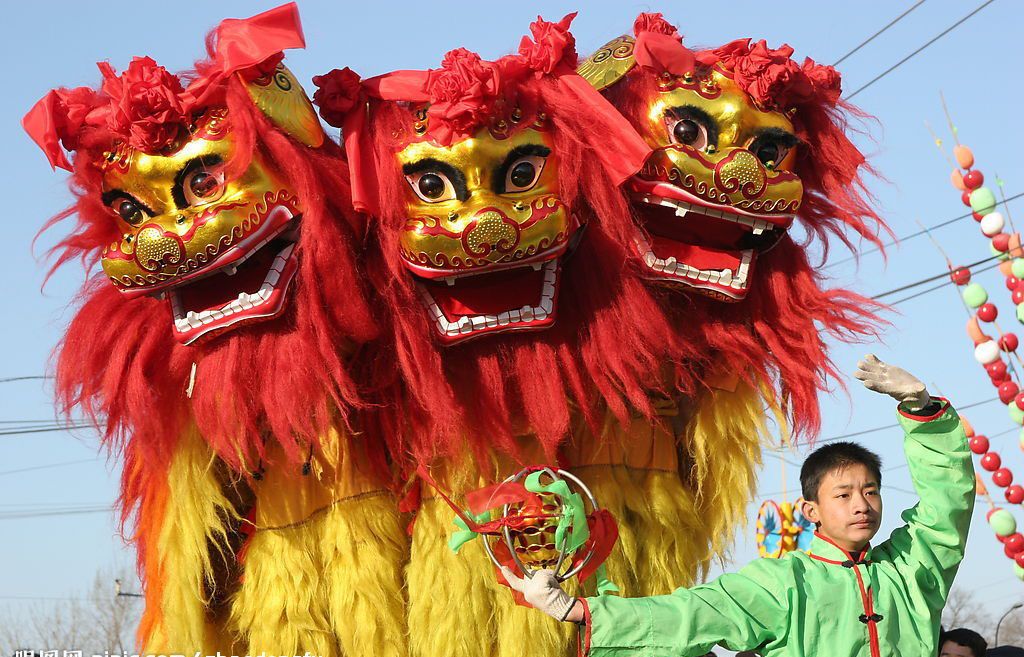
Southern Chinese lion: Lion dances from Southern China (especially associated with Guangdong, Hong Kong, and Singapore) often simulate lion behaviors like grooming, scratching, and playing with objects. Southern lion costumes usually look more closely related to dragon costumes, with horns on the lion’s head and bright colors throughout the body. Southern lion style can be broken into smaller individual styles, including Fo Shan (or Fut San), He Shan (or Hok San), and green lion.

Japanese lion: Lion dances from Japan often feature flute performances and drums and are performed at New Year celebrations and other festivities.
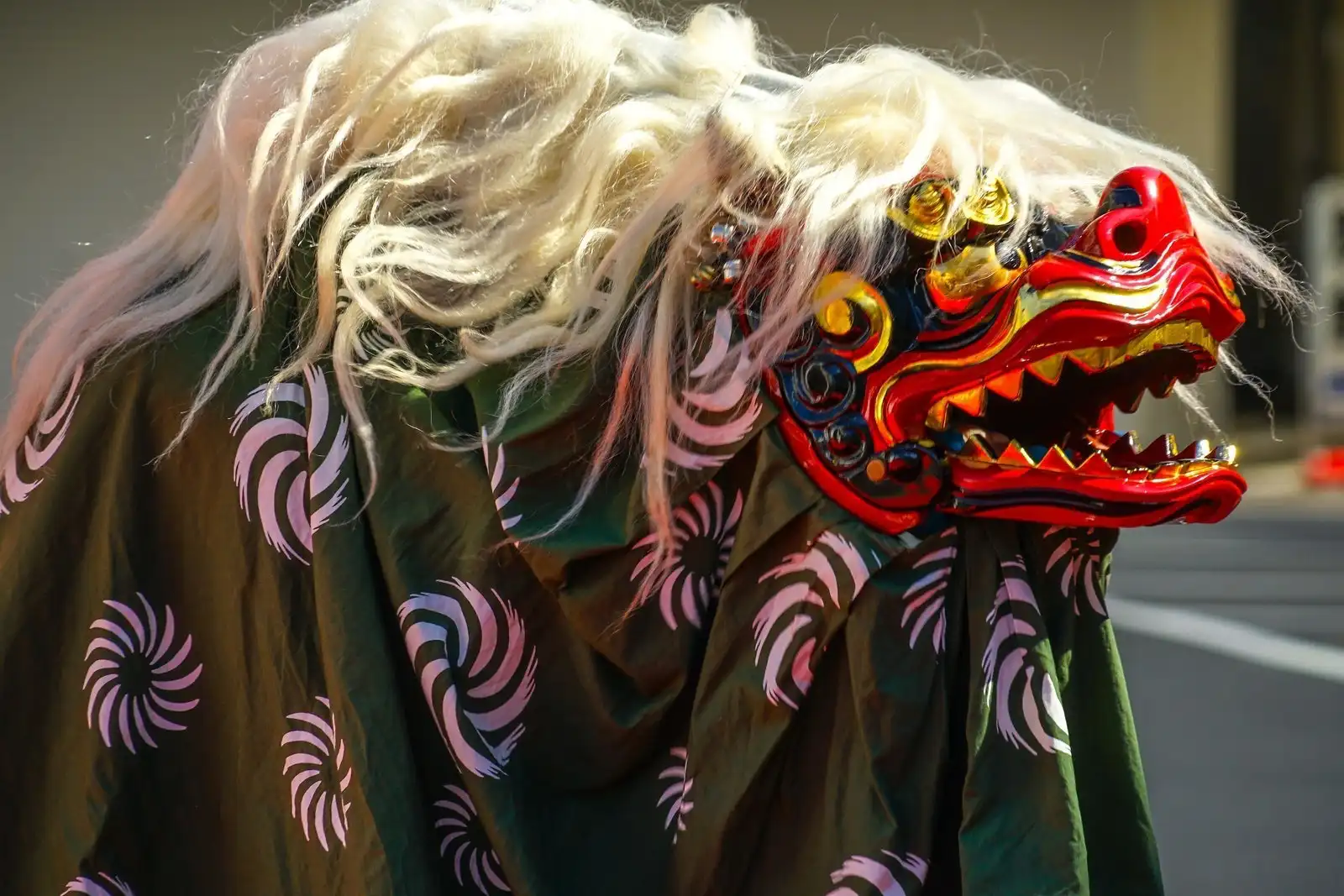
Korean lion: Lion dances from Korea often feature shaggy costumes with comical faces and were historically used in drama performances and exorcism rituals.

Vietnamese lion: Lion dances from Vietnam (sometimes called unicorn dances) are closely related to the Southern lion tradition, with brightly colored costumes. Lion dancing is often performed for Vietnamese Lunar New Year and the mid-autumn festival.
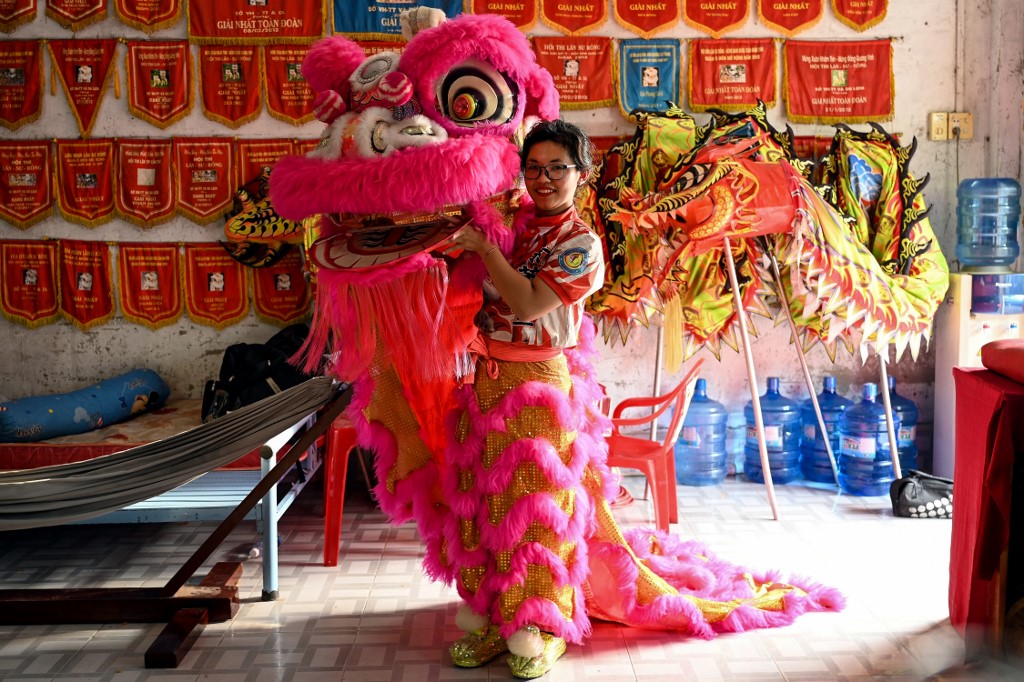
Taiwanese lion: Lion dances from Taiwan draw on Southern lion dances, with brightly colored costumes. Sometimes, Taiwanese lion dances incorporate additional figures into the performance, like Buddhist monks, who tame the lions.
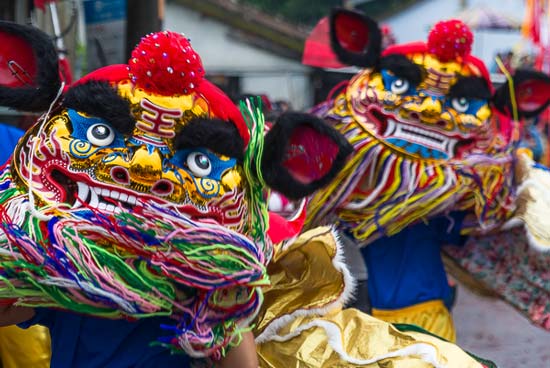
Tibetan lion: Lion dances from Tibet usually feature a snow lion costume, a celestial animal of Tibetan tradition with a white body and a green or turquoise mane.
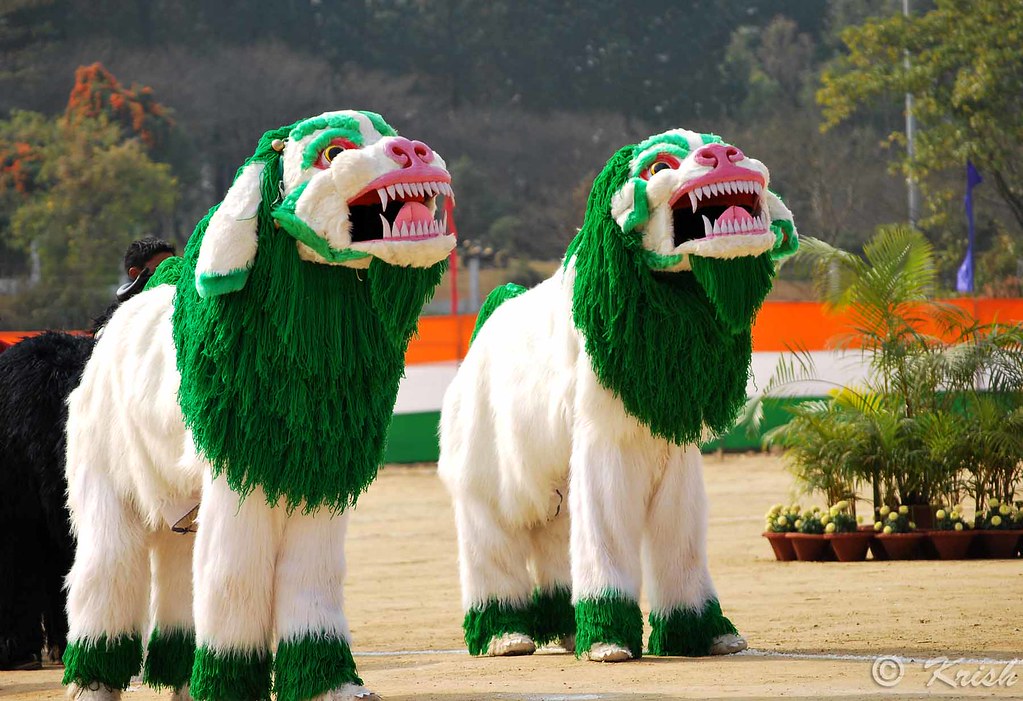
Malaysian lion: Lion dances from Malaysia draw heavily on the costume styles of Southern lion and the martial arts traditions of Northern lion, emphasizing physical fitness, stunts, and acrobatic feats.

Other lion dances: While many lion dances share roots and cultural traditions, many other cultures have their own lion dances, which historians believe originated entirely separate from Chinese lion dances, including the Indonesian lion dance and East African lion dance.
Source: Masterclass
"ExpatGo welcomes and encourages comments, input, and divergent opinions. However, we kindly request that you use suitable language in your comments, and refrain from any sort of personal attack, hate speech, or disparaging rhetoric. Comments not in line with this are subject to removal from the site. "


